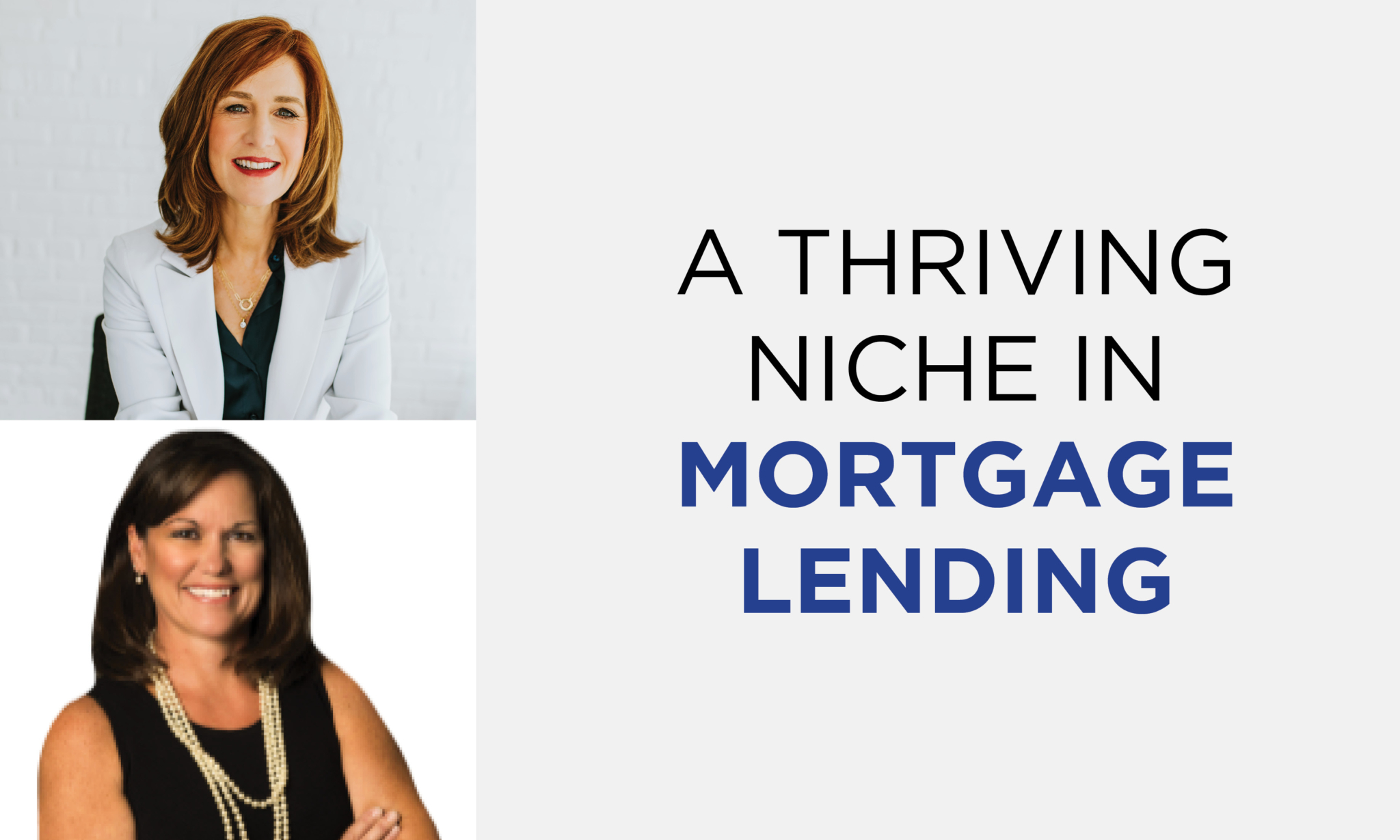Tami Wollensak has been in the mortgage lending business for more than 25 years, but it was only recently that she found her calling in the industry.
During the height of the pandemic, while most lenders were buried with refinancing, Wollensak had four or five clients in a row who were divorcing and taking on a new mortgage in order to keep their marital home.
“I was looking through their settlement agreements, and it was complete [junk],” Wollensak recalled. “You can’t do what you signed up to do. Your divorce attorney didn’t tell you to go talk to a mortgage lender.”
That string of clients prompted Wollensak to do some digging, and she discovered a void in the market. Too often, one person in a divorce would keep the couple’s home but be left with a mortgage they couldn’t afford. In some cases, one spouse would turn over all their savings to buy out the other spouse, leaving the sole homeowner spouse with no savings and no real way to pay their new mortgage. These divorce settlements needed a mortgage expert to sort out the lending complexities and review all options.
Today, in her role at Wintrust Mortgage in suburban Chicago, Wollensak is that expert. She is one of about 750 Certified Divorce Lending Professionals (CDLPs) in the United States, working with clients and often clients’ divorce attorneys and financial advisors to shepherd through a lending arrangement that works in the divorce settlement.
“It’s not something you can just dip your toe in. I decided to go all in,” Wollensak said. “It is fulfilling, and I do feel like I am making a difference.”
The certification
Certified Divorce Lending Professionals go through extensive training and continuing education to achieve and maintain their CDLP designation.
Candidates must be a licensed lender, and the certification involves about 20 hours of video training plus evaluating case studies and passing a final assessment.
The program was founded and written by Jody Bruns in 2014. A longtime mortgage professional, Bruns discovered during her own divorce there was a knowledge gap both in the lending industry and the legal profession about how to handle a mortgage during a divorce.
She researched family law and educated herself, taking about a year to build the certification program. “It just became a passion,” Bruns said.
The program, though, doesn’t end with certification. There is continuing education, and Bruns says the hundreds of CDLPs across the country are part of a community, sharing knowledge and helping one another.
“I’m really, really proud of how our certification has grown and the quality of our CDLPs,” Bruns said. “We have really coached them to be colleagues, not competitors. We have forums and private groups to help when they have questions. We have all kinds of CDLPs jumping in.”
Bruns heads up the Divorce Lending Association, based in Denver. She said one of the organization’s biggest challenges, and a challenge for CDLPs in general, is building awareness of the program in both lending and legal circles. Too many, she said, don’t even know that a CDLP could help a client during a divorce.
“The intersection between divorce law, tax law, real estate and mortgage financing is real, and we can’t ignore it,” Bruns said. “I challenge every real estate and mortgage professional to become part of the solution and raise their level of service when working with divorcing homeowners, because you can’t think traditionally when working with divorce.”
Not a typical mortgage
Mortgages linked to divorce can be tricky, in part because of the clients themselves. Emotions are often frayed, and the transaction can be highly stressful. Often, one spouse is desperate to keep the marital home for the sake of the couple’s children. A move is one more hurdle that most divorcing families prefer to avoid.
“A lot of times people want to keep the home for the children, and more than likely they are not going to be able to keep the home with the current mortgage,” Wollensak said. “Typically, it’s the mom wanting to keep the house. They feel like it’s the least disruptive especially with limited [housing] inventory, and rents are high.”
In a divorce, spouses either need to sell their marital home or, if one spouse wants to take ownership, they must refinance or assume the current loan. That often requires a spouse to give up hundreds of thousands of dollars in other assets.
Handling those high-stress transactions is part of the CDLP curriculum, Bruns said.
“Our very first module is divorce principles,” she said. “We go into aspects of mediation, how to work with a mediator. We discuss the risks of working with a high-conflict personality. We even prepare our CDLPs how to be an expert witness.”
Working with clients in a divorce is often a longer-term endeavor than the typical mortgage client, Wollensak said.
“It’s a very important skill to come from a place of empathy and to come from a path of compassion,” Wollensak said. “Some of my clients come to me before they have even told their partner they are thinking about a divorce. They are looking for information and their options.”
“When you’re ready, I am here to help guide you,” she tells prospective clients.
Wollensak has spoken at national conferences, and, in March, she was interviewed about her mortgage lending niche on a podcast that “blew up, and my calendar blew up.” Now, even as home sales and refinancing has slowed significantly, she’s as busy as ever. “It’s just been nonstop,” she said.
Wollensak said others in her office in Elmhurst sometimes seek out her viewpoint on divorce transactions, and when friends and colleagues hear about a divorce, they think, “You have to call Tami.”
“And that’s not a bad thing, if I can help give people the right thing,” she said.

